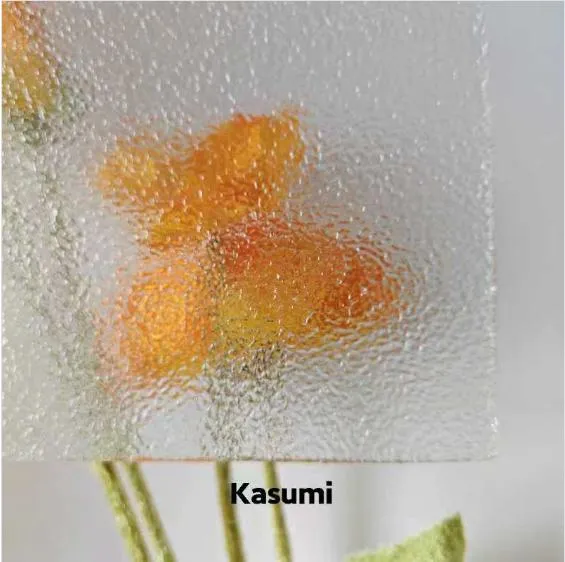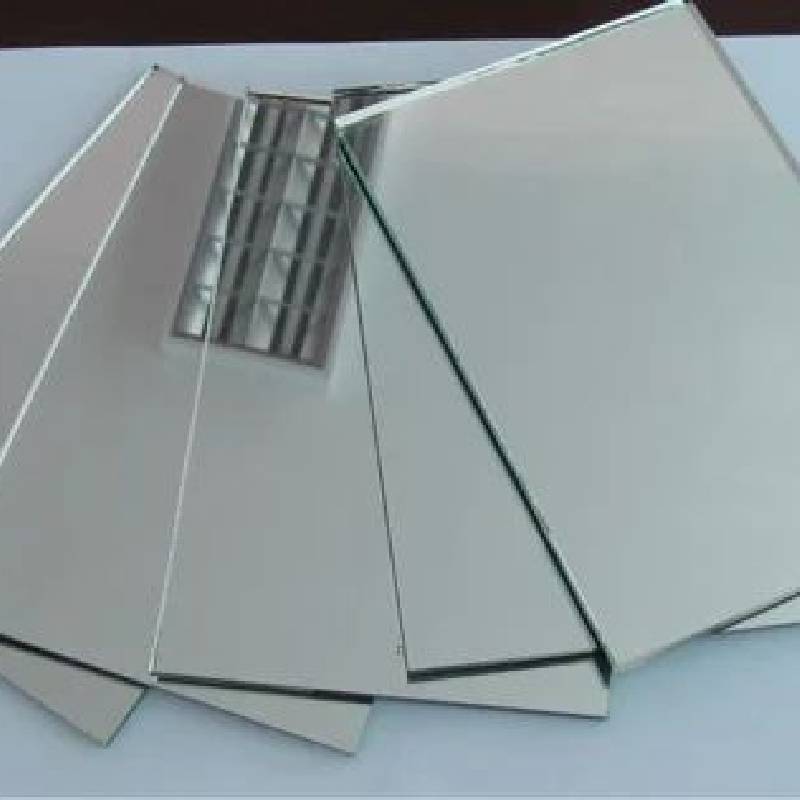Pattern glass, with its unique textures and designs, has been a favored architectural and design element for centuries. Its versatility allows it to be used in various applications, from privacy walls to decorative art, making it an essential part of both residential and commercial spaces. Understanding the myriad types of pattern glass available can be overwhelming, but having in-depth knowledge on the subject is vital for selecting the right glass for specific needs.

Pattern glass is essentially a type of rolled glass, where patterns are imprinted on the surface during manufacturing. These patterns not only add aesthetic value but also serve functional purposes such as privacy, light diffusion, and glare reduction. Among the myriad types of patterned glass, each possesses unique characteristics that cater to different architectural needs.
Clear Pattern Glass is one of the most commonly used types. It retains a degree of transparency, allowing light to pass through while distorting shapes, providing a level of privacy without sacrificing natural light. This glass is ideal for interior partitions and office settings where a balance of openness and privacy is sought.

For those looking to reduce glare and improve light diffusion, Satin Pattern Glass is a preferred choice. Its subtly etched surface scatters light pleasantly, eliminating harsh reflections while maintaining a translucent look. It's widely used in environments where soft, ambient lighting is desired, such as in hospitals and libraries.
Another noteworthy type is Frosted Pattern Glass, which offers an artistic edge with its etched designs. This glass is often used as a feature in showers, bathrooms, and as decorative door panels. The frosted patterns add a layer of elegance and privacy, without completely blocking light.
Textured Pattern Glass provides a tactile experience in addition to visual aesthetics. This glass is often utilized in custom art installations and in spaces where touch can enhance the atmosphere, like boutiques and high-end retail environments. The patterns can range from linear to completely abstract, allowing for a custom design experience.
pattern glass types
For businesses and homeowners looking to make a bold statement, Colored Pattern Glass is an exciting option. Available in a spectrum of hues, it adds vibrancy and life to any space. This glass type is often used in hospitality venues, such as hotels and restaurants, where creating a unique ambiance is paramount.
Safety and robustness are of utmost importance in areas exposed to heavy use or potential impact. Wired Pattern Glass incorporates a mesh of wire within the glass during manufacturing, offering an additional level of protection. This type of glass is especially suitable for industrial settings or spaces prone to high traffic and potential breakage.
Another innovative type is Laminated Pattern Glass, which consists of two or more layers of glass with an interlayer of resin or plastic. It combines aesthetic patterns with enhanced safety features and sound reduction properties. This makes it an excellent choice for urban environments where noise reduction is a concern.
With sustainability becoming increasingly important, Recycled Pattern Glass is gaining popularity. Made from recycled materials, it not only contributes to environmental conservation but also brings a unique, often natural aesthetic to projects. Designers and architects are increasingly opting for this eco-friendly alternative to align with green building practices.
In conclusion, pattern glass selection is not just about aesthetics; it involves considering multiple factors like privacy, safety, light diffusion, and environmental impact. It's crucial to collaborate with experienced glass manufacturers and designers who can provide comprehensive insights and guidance tailored to specific project requirements. By understanding the diverse types available, architects, interior designers, and consumers can make informed decisions that enhance both functional and aesthetic aspects of their spaces, ensuring that they stand out in their design endeavors.



